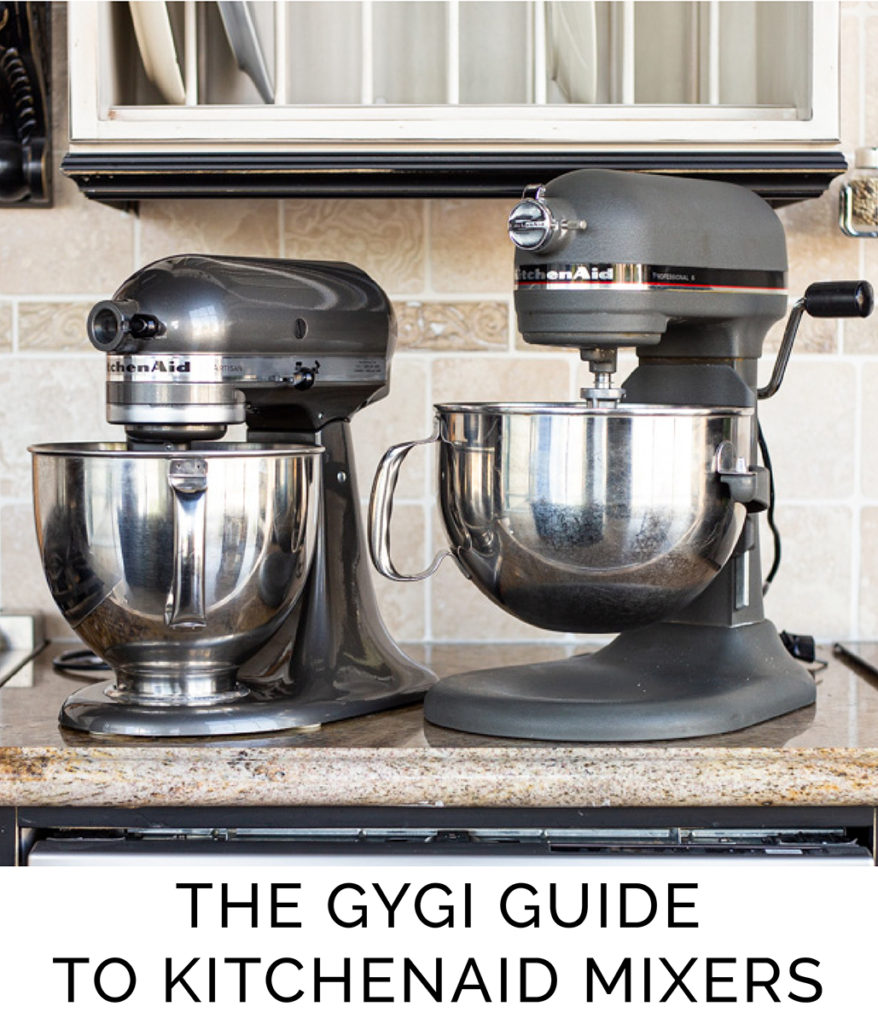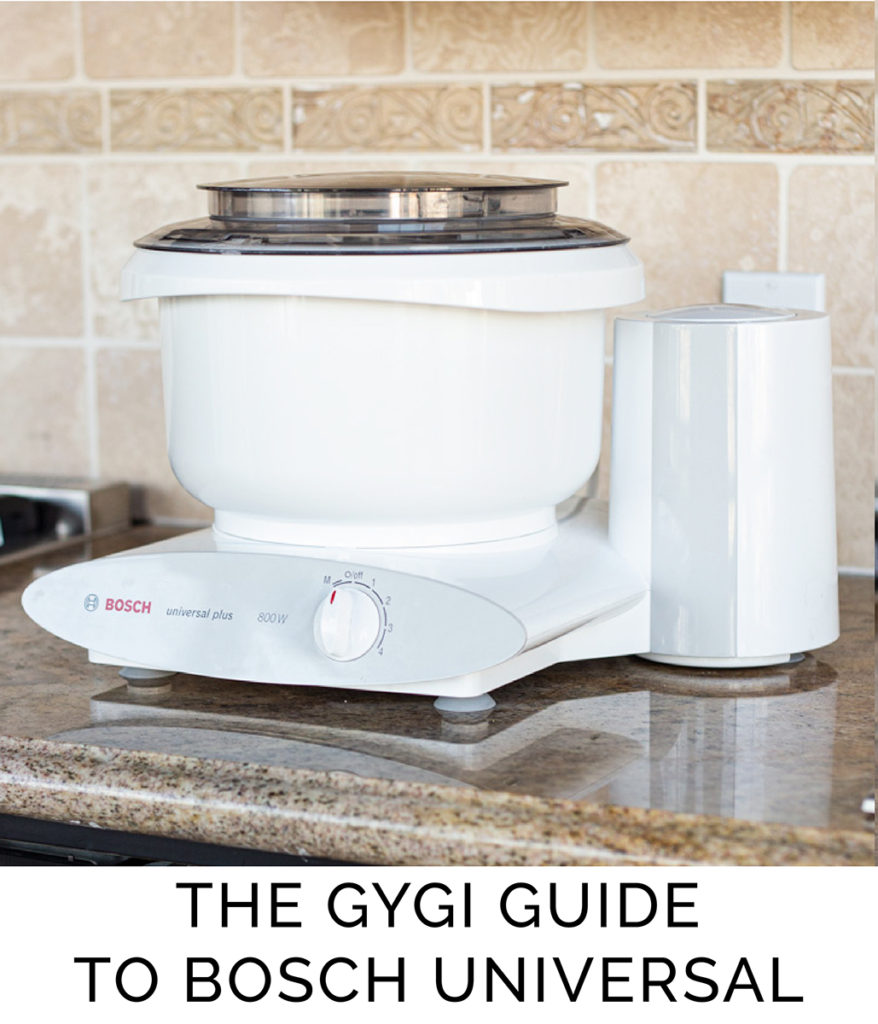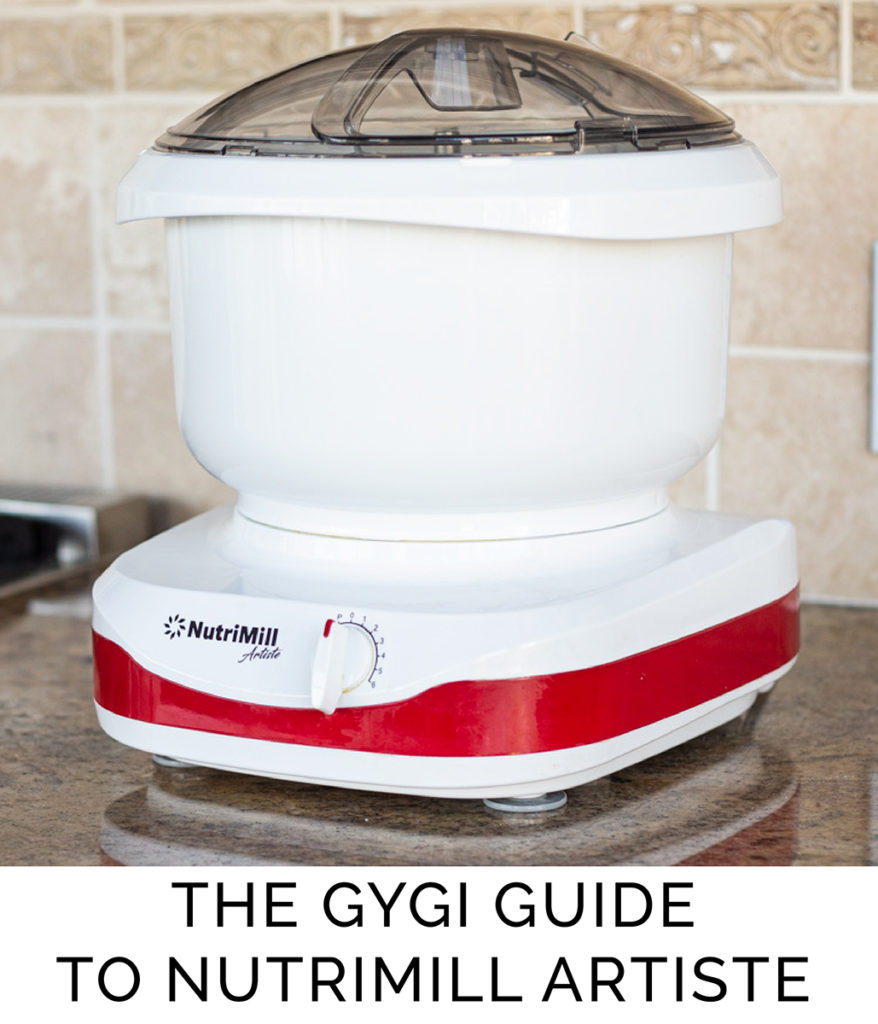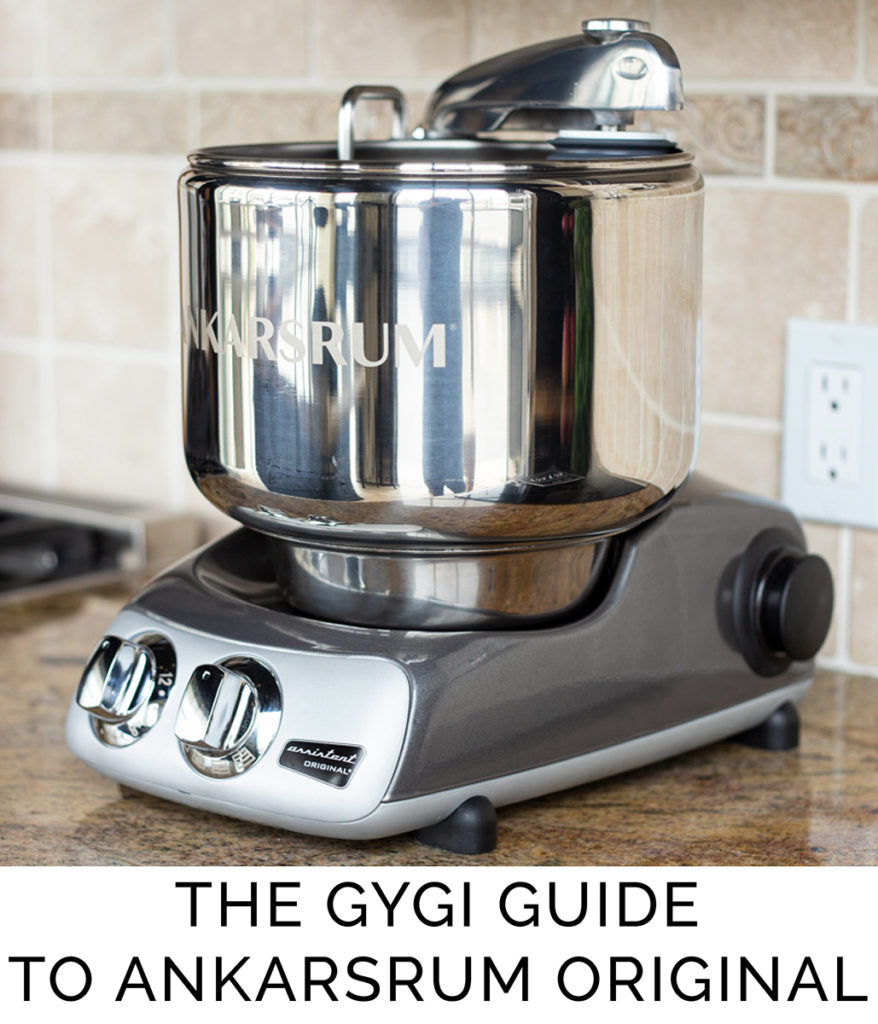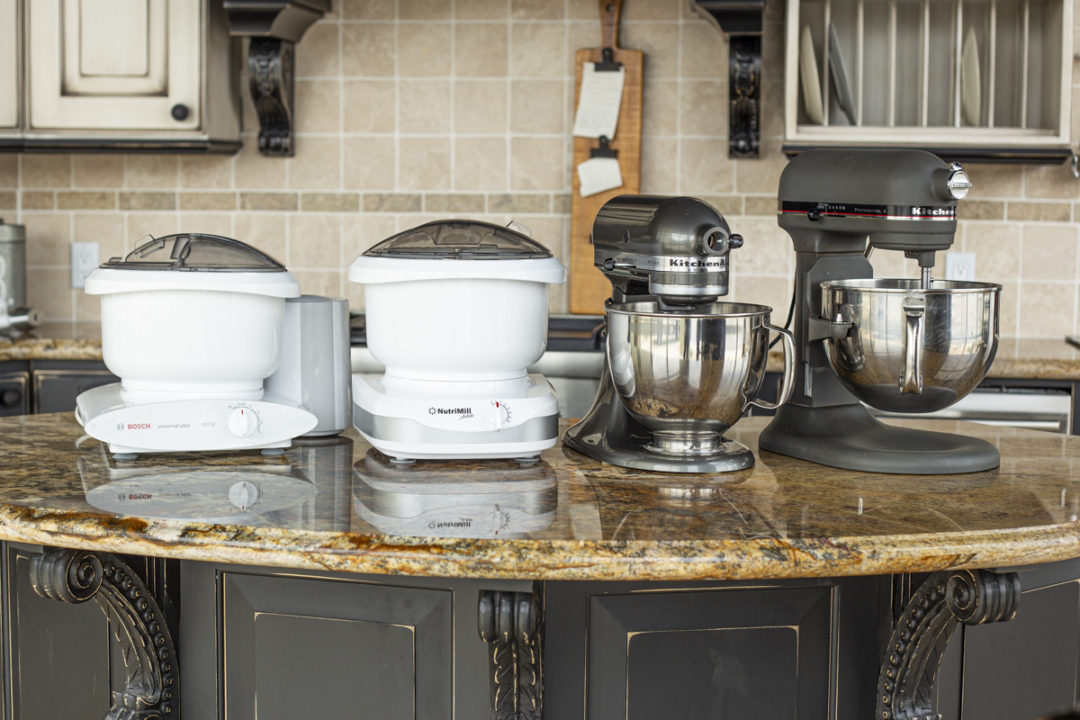The moment you’ve all been waiting for *drum roll please*… stand mixers! Yes, that’s right. We have so many people ask us “which mixer is best?” Well, we’re finally giving you an answer! Spoiler alert: there isn’t one. We honestly can’t choose which mixer is best because mixers are designed with a specific task in mind. This means that one mixer may perform some things better than others, but it most likely can’t handle all kitchen tasks. When people ask us which mixer is best, we ask them “What are you making with it?” Everyone knows that KitchenAid mixers are great for cakes, and Bosch & Nutrimill mixers are the best for bread… right? That’s what we were told, so we passed that information along. But here’s the real truth– we’ve never actually tested this.
So many of our customers and social media followers told us that they made great cakes and macarons with their Bosch, while others said they had success with bread in their KitchenAid. This defied everything we knew, so we put this to the test! We want to help our customers and all bakers know which mixer fits their needs the best. To do this, we tested the KitchenAid 5-quart tilt-head, KitchenAid 6-quart bowl lift, Bosch Universal, and Nutrimill Artiste side-by-side through various tests. We don’t want to give too much away but… the results were really surprising!
| MIXER | MIXER TYPE | GEAR TYPE | BOWL CAPACITY | WARRANTY |
| KitchenAid 5QT | Planetary | Gear Driven | 5 Quart | 1 Year |
| KitchenAid 6QT | Planetary | Gear Driven | 6 Quart | 1 Year |
| Bosch Universal | Planetary | Belt Driven | 6.5 Quart | 3 Years |
| Nutrimill Artiste | Planetary | Belt Driven | 6.5 Quart | 1 Year |
| Ankarsrum Original | Spiral & Planetary | Belt Driven | 7.3 QT & 3.6 QT | 7 Years |
The Methodology
Before we dive into the test results, let’s talk about how we tested everything. We wanted an even playing field for all the mixers. That means all the ingredients weighed the same, all food was baked in the same oven, and we followed the manufacturer’s recommendations to the T. We did everything we possibly could and made sure that our testing was as fair as possible. Accuracy was the goal when creating this guide to stand mixers.
Our Test Results
There simply is too much information for one post to contain. Here’s a list of all the tests we performed. Click on the links to read more about each one and see which mixer performed best:
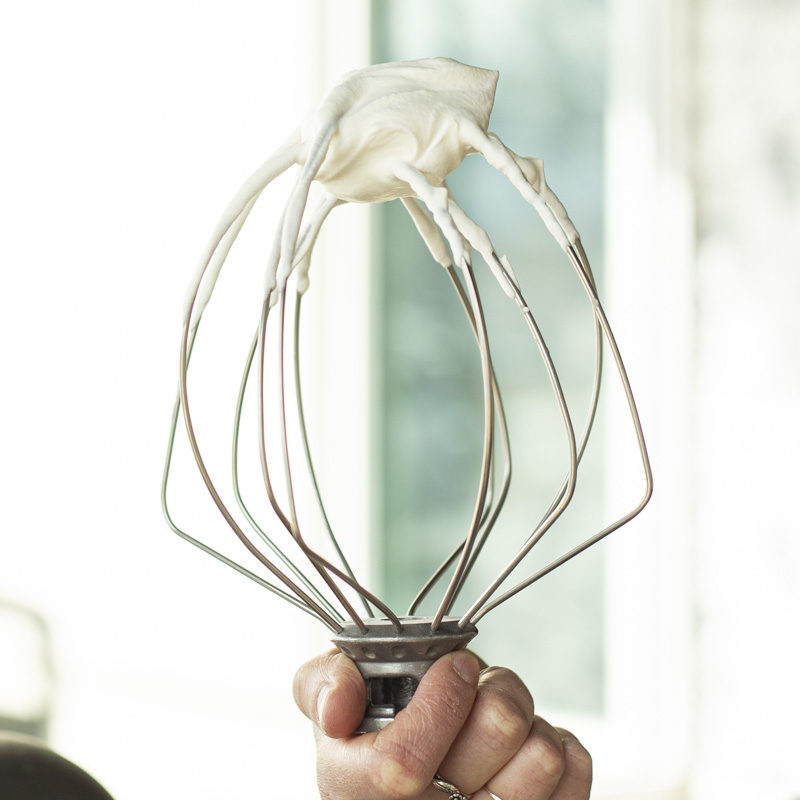


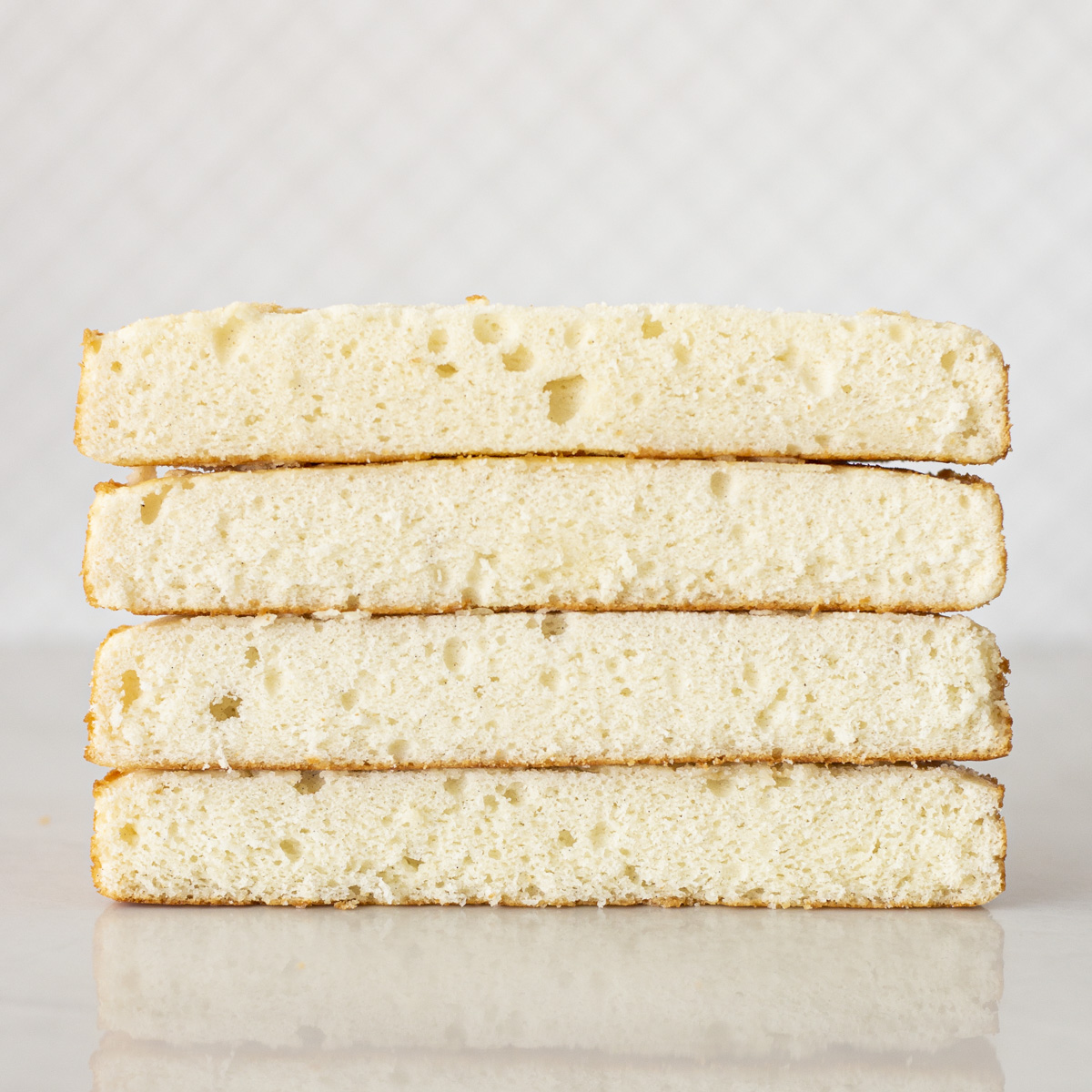
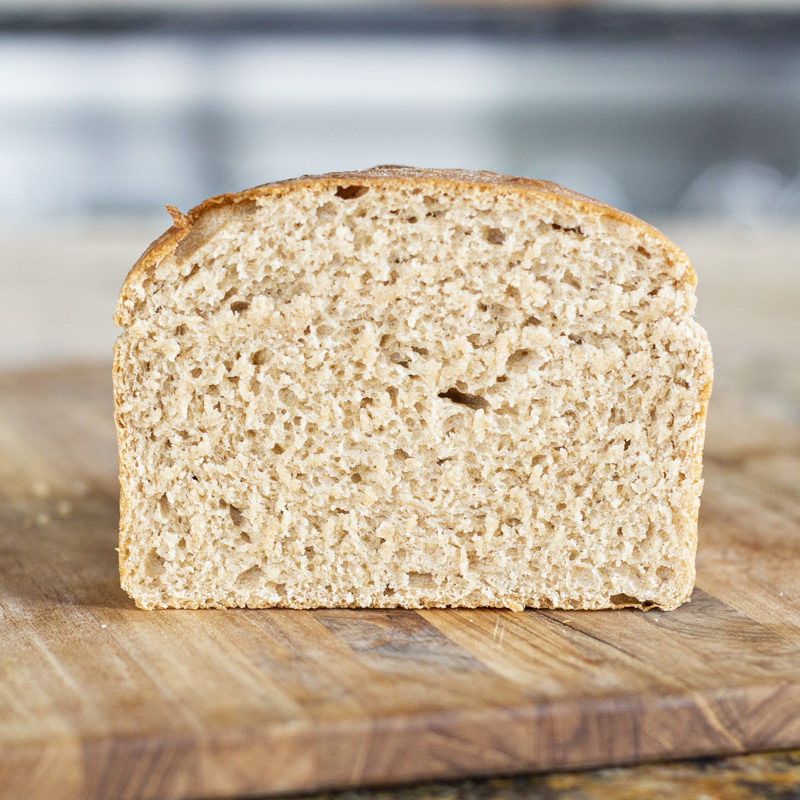

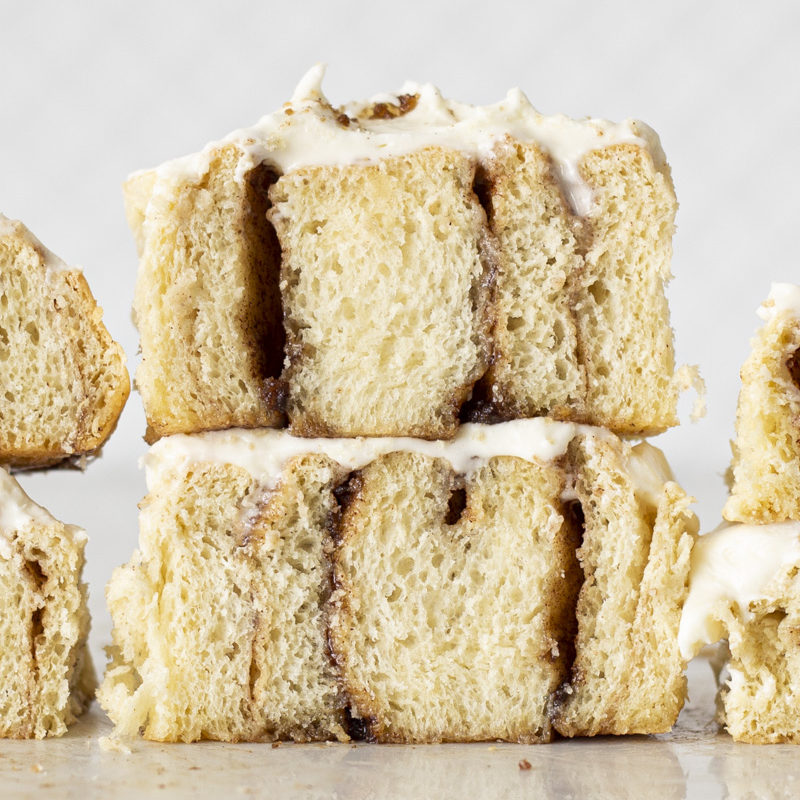
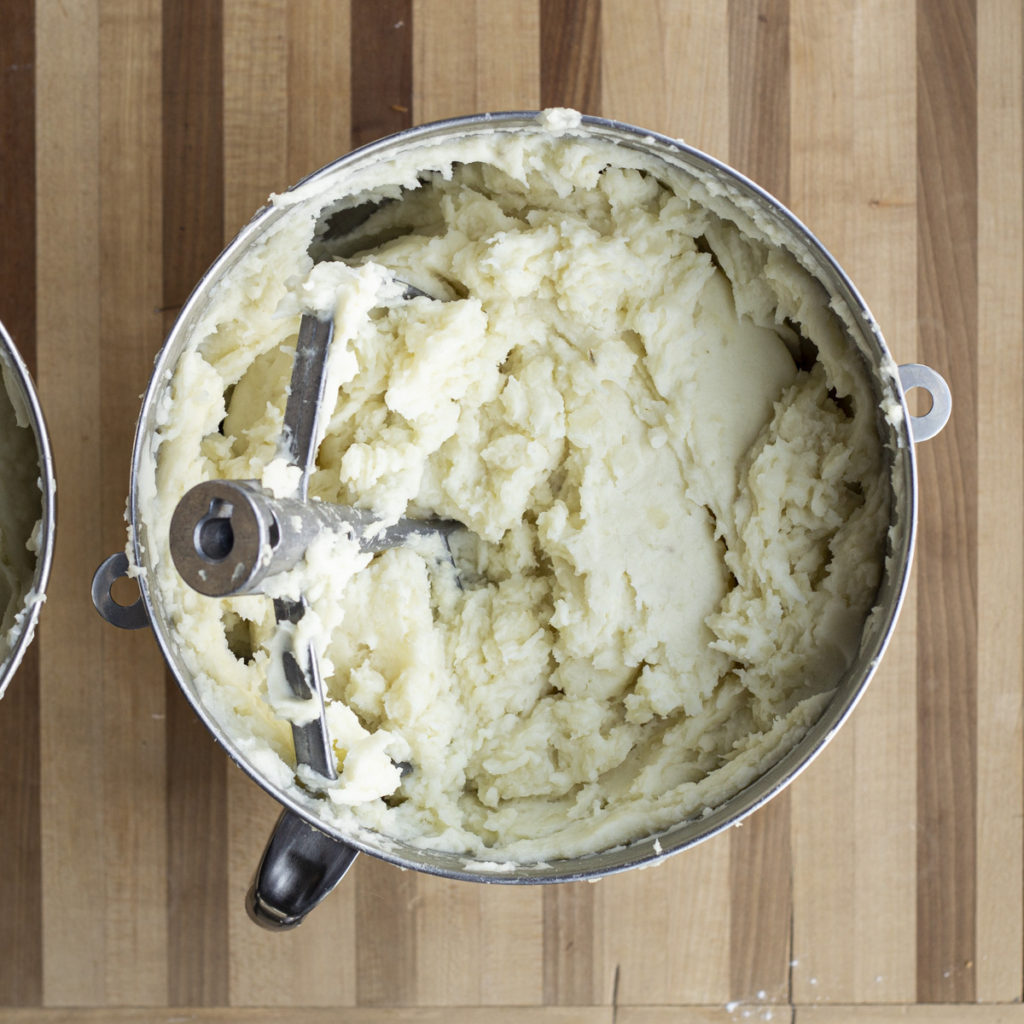

The Inside Scoop on Mixers
How does my stand mixer work?
While all mixers ultimately perform similar tasks, they function very differently from one another. Gear-driven mixers, like KitchenAids, are typically made of steel gears and parts. Their construction makes them durable. However, when a part breaks, it is more expensive to repair. Belt drives are also powerful but are better known for adjusting or switching between speeds efficiently. They are constructed of rubber belts and steel or nylon parts. These motors don’t last as long, but they are cheaper to repair. Bosch and Nutrimill are considered belt-driven mixers.
Another difference between mixers is how they actually combine ingredients. Most are considered planetary mixers, meaning that the bowl stays fixed and the attachments rotate themselves while also rotating around the bowl. Mixers like KitchenAid, Bosch, and Nutrimill are all planetary mixers. The other type is a spiral mixer which functions by rotating the bowl while the mixing attachment (typically a spiral hook) spins, but stays fixed in one place. Most spiral mixers are used in commercial or restaurant kitchens.
Yes… We actually took our mixers apart!
When we said we dived deep into stand mixers, we really dived deep. During our research, we weren’t getting the answers we wanted while searching online and asking sales reps. Instead of giving up, we thought why not take them apart? So, we called Brad the dad (Heather’s dad), who happens to be very handy and knowledgeable about machines, and he came right over to the store and helped us out. What happened next completely blew our minds.



We opened up the KitchenAid first and it was fascinating to see how the metal gears intertwined. Located in the motorhead, there is a gearbox with three main gears (and a lot of gear grease to keep it operating smoothly.) What we learned about the KitchenAid after we took it apart is how efficient the machine is. There really aren’t very many moving parts. This means that less power is lost from the motor as energy is transferred through the gears and finally to the beater.
After speaking with KitchenAid’s customer service, we learned that not all of the mixers have all-metal gears. The KitchenAid Classic and Artisan lines have one nylon gear, and the rest are steel. Don’t let this deter you. The nylon gear is still strong and can handle dense doughs. It replaces a metal gear so when your mixer is overworked, the nylon gear breaks and not the entire transmission. To prevent damage, slowly increase the speed on your KitchenAid so the gear does not strip.
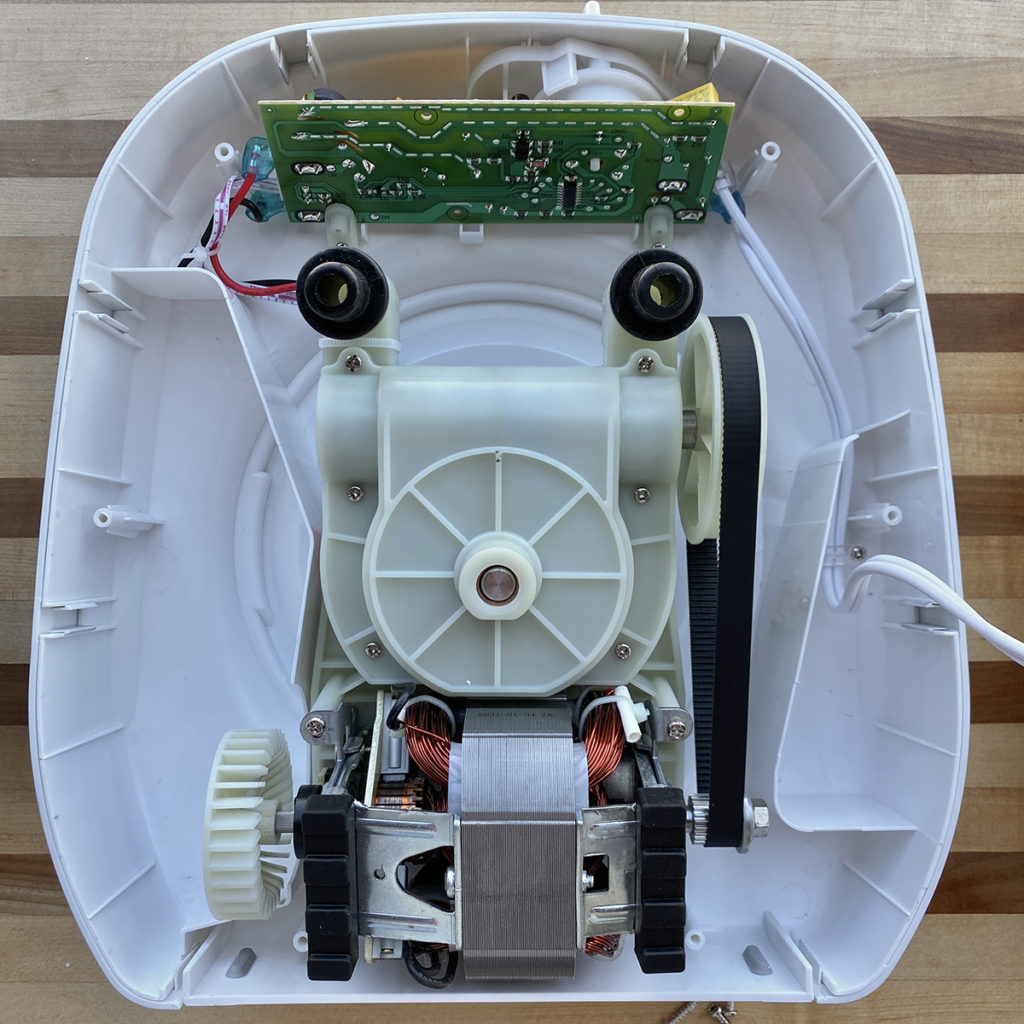
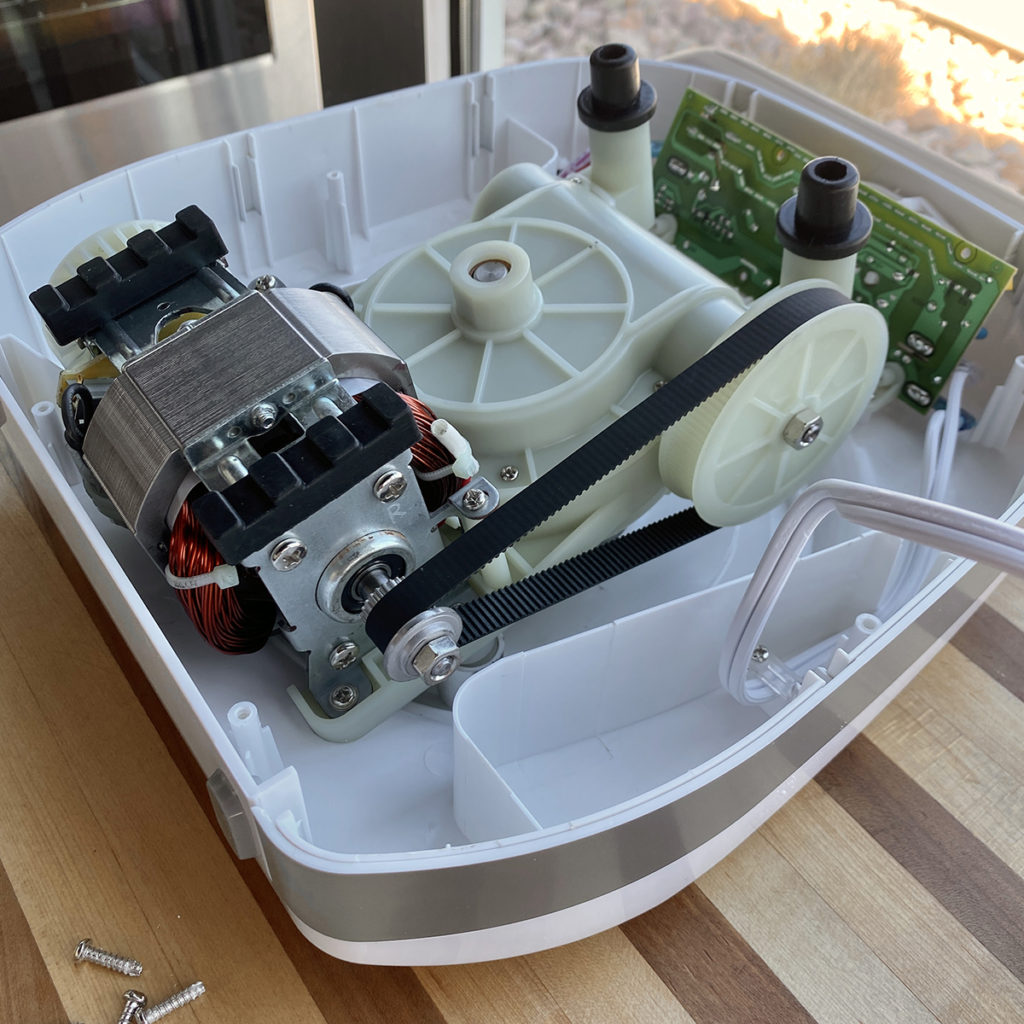
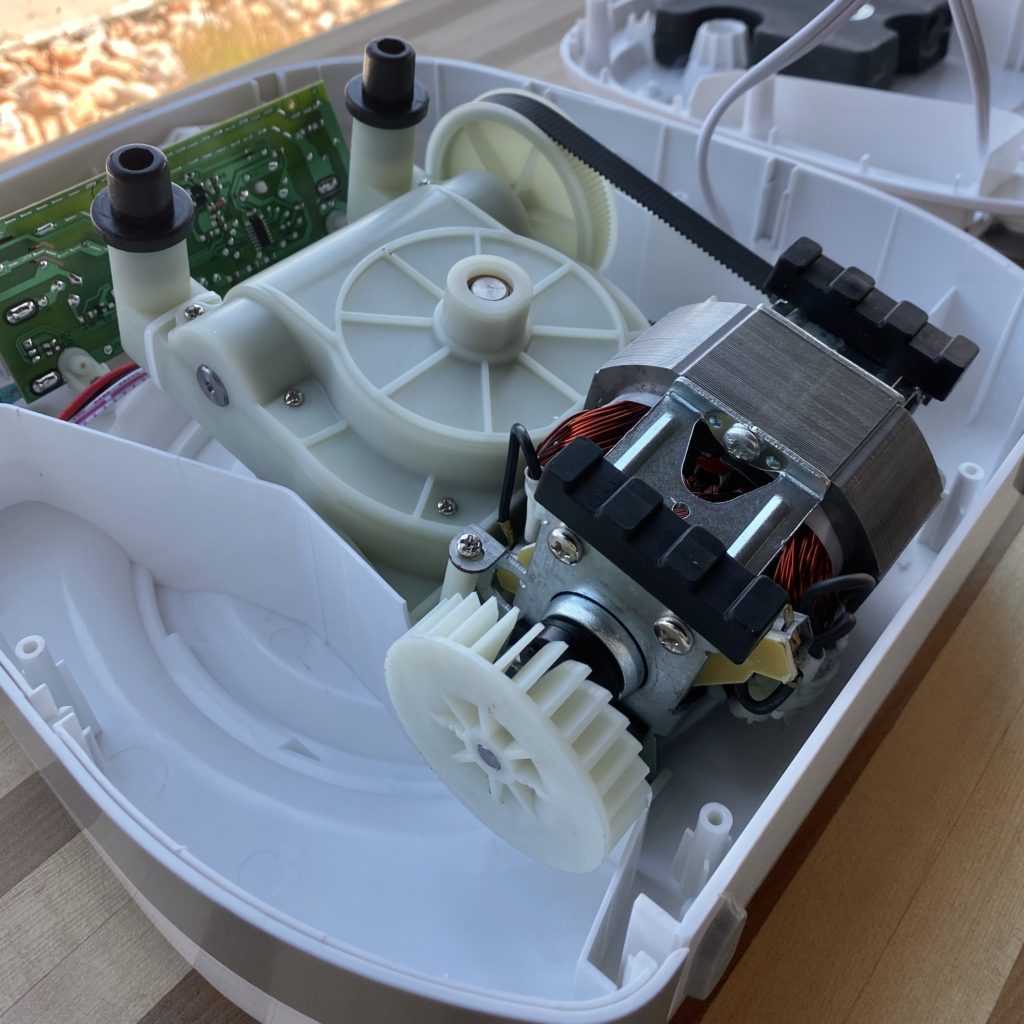
Next, we took a peek inside the Nutrimill. The motor, drive, and gears were all located in the bottom part of the mixer stand, which makes it a truly bottom-drive mixer. It was made of mostly plastic parts, but there weren’t very many moving parts. We noticed the small black belt that had teeth on the inside of it that fit into two small gears. This is what we think gives it its strength and speed. For how small and compact the machine is, we were surprised that it has so much strength. It’s a simple design, but we think its simplicity is what makes it efficient and strong.
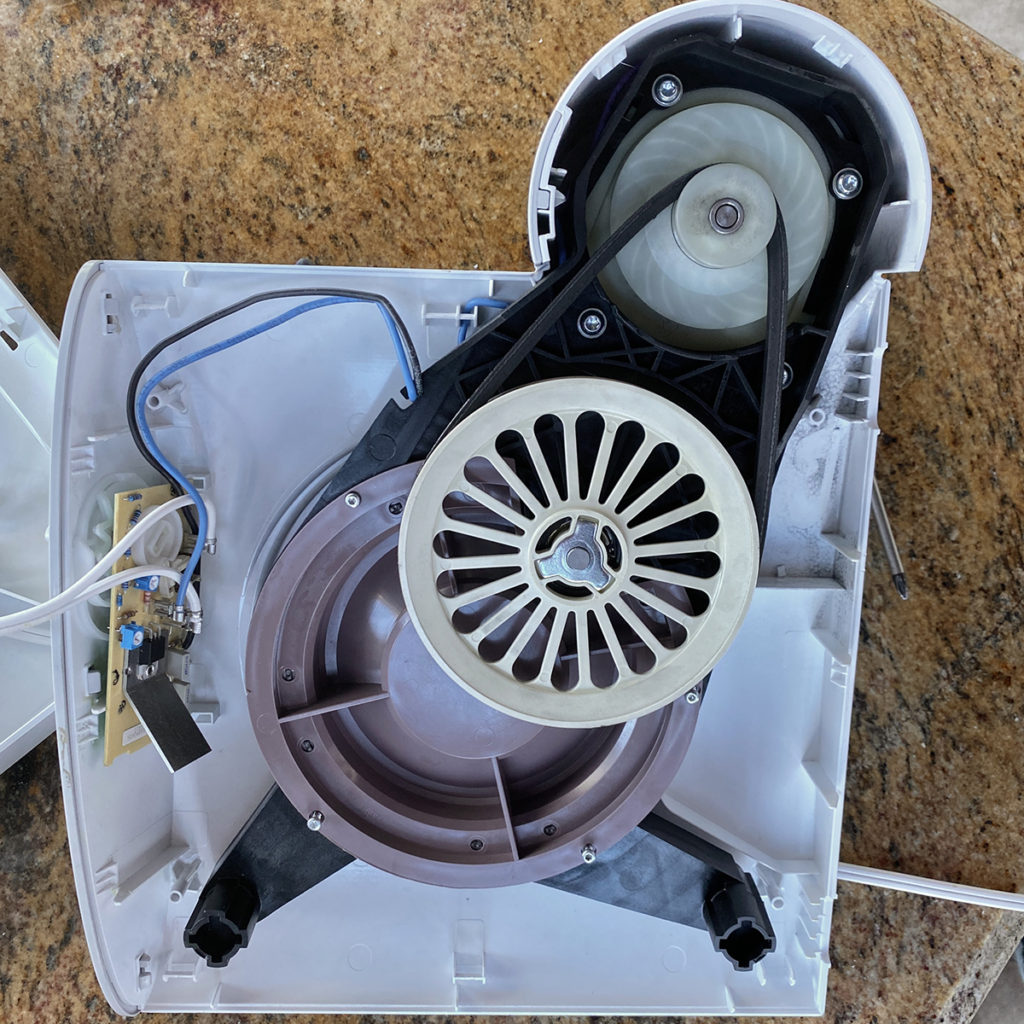
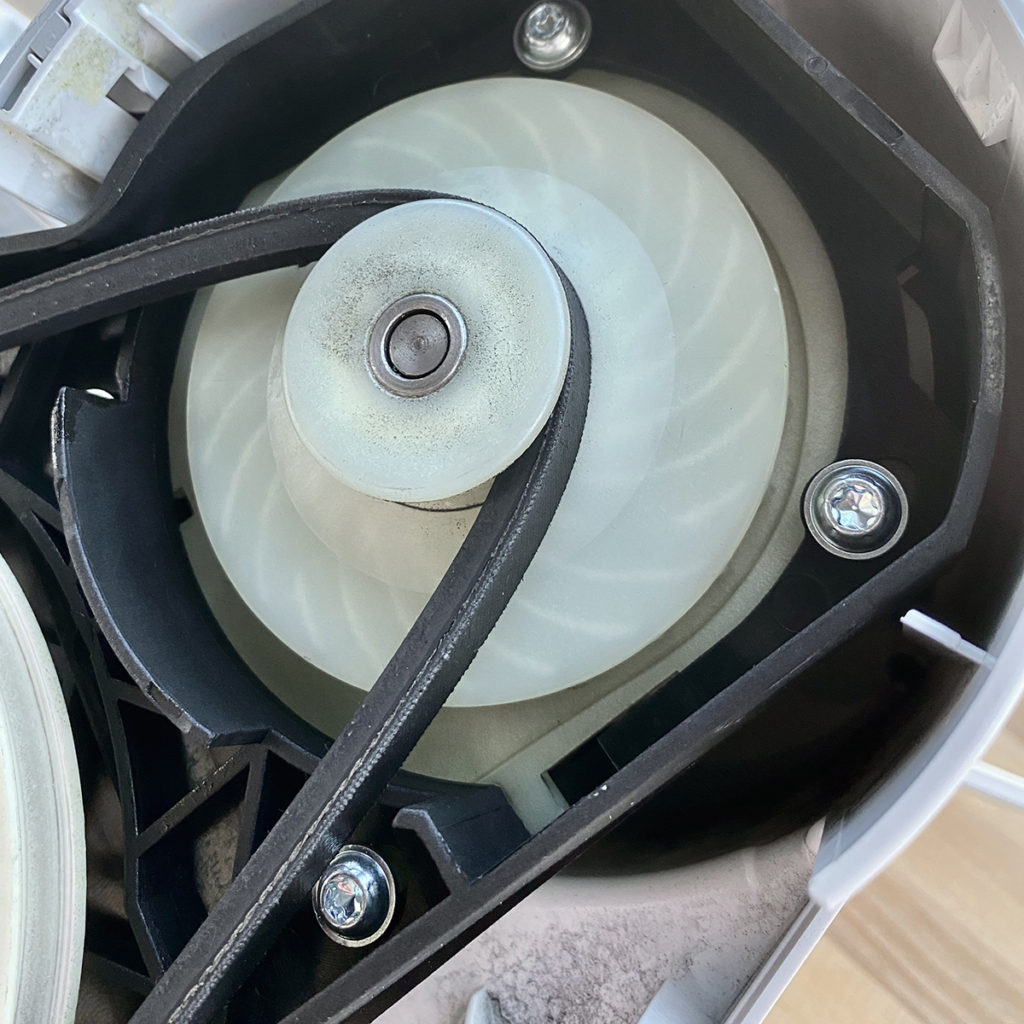
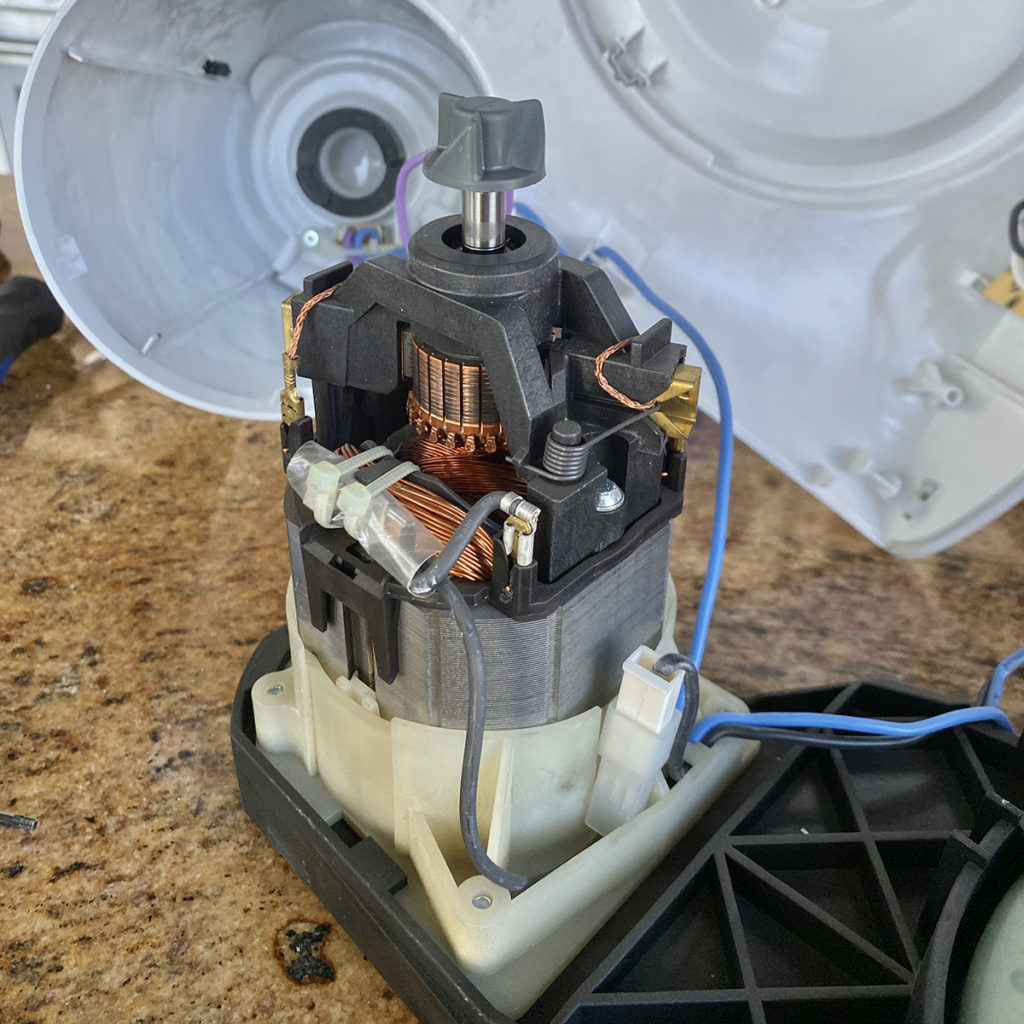
Last, we opened up the Bosch. It looked very different compared to the KitchenAid. Compared to Nutrimill, we could see some similarities between both of them. The Bosch has mostly plastic parts, but it felt like very high quality, durable plastic. The thing that stood out most to us was its belt. Compared to the Nutrimill, the belt was very thick and fit into the gears snuggly. The gears were larger than all of the other mixers, too. We believe this is what gives Bosch its strength while also being able to adjust speed quickly.
While looking at the inside of the machine, we noticed that the motor is located in the attachment base rather than near or at the bottom of the mixer. This means the attachments receive most of the power rather than the bowl. Still, after testing and learning more about this mixer, we think this mixer is very powerful and we can see why so many people love it!
We learned so much about these powerful kitchen machines. All of them have strengths and weaknesses, but they all make mixing much easier. After taking a peek inside these mixers, we can confidently say that we really know these machines inside and out!
What’s up with Wattage?
Included on almost every small kitchen appliance is a label with a wattage measurement, but what does it mean? Let’s go back to eighth-grade science class. A watt is a unit of power. Its symbol is a “W” and it measures how much energy is transferred from a power source to an appliance. You would think that when buying a mixer you would want the highest wattage, but guess what? We have a secret… Watts are more or less meaningless when it comes to mixers.
We know, we know… We’ve talked up certain appliances (ah-hem Bosch Universal) because of their high wattage and have touted how powerful they are, but the nature of our work here at Gygi means we are learning new things every day. Here’s the bottom line: Watts ≠ Power. A mixer actually gets its power from the motor and gears. For example, the wattage on a 5-quart KitchenAid is rated at 325 watts. That seems really low, but the motor is a direct drive, meaning that all of the motor’s wattage goes directly to the beaters instead of getting lost along the way in cogs and the like. The motor powers the attachments directly without losing any of its power, meaning that a KitchenAid stand mixer needs less energy to give more power.
So, is the Bosch still a powerful mixer? Yes! No doubt about it. When comparing a Bosch Universal to a Nutrimill Artiste, the Bosch has far more torque. This is due to the way the belt fits within the gears. When under pressure, the belt tightens and grasps onto the gears which creates more torque. This makes it so the Bosch can knead and mix heavy doughs.
The Difference Between AC and DC Motors
Let’s talk a little bit about electricity and mixer motors. There are two different types of motors: AC (alternating current), and DC (direct current). The energy in an AC motor changes, or alternates, direction continuously as electricity flows. DC motors supply a steady and continuous flow of energy to the appliance. A DC motor is more powerful and quieter than an AC.
Most mixers made for home use have an AC motor. Although an AC motor is less powerful and louder than a DC motor, it doesn’t mean that it is a lesser choice. A stand mixer with an AC motor is designed so it can withstand the wear of typical home usage. Now, if you are someone who runs a baking business out of your home, you may need a larger mixer with a DC motor so you can get the torque you need when making large batches of dough.
CLICK BELOW TO VISIT THE USER GUIDE FOR EACH STAND MIXER:
